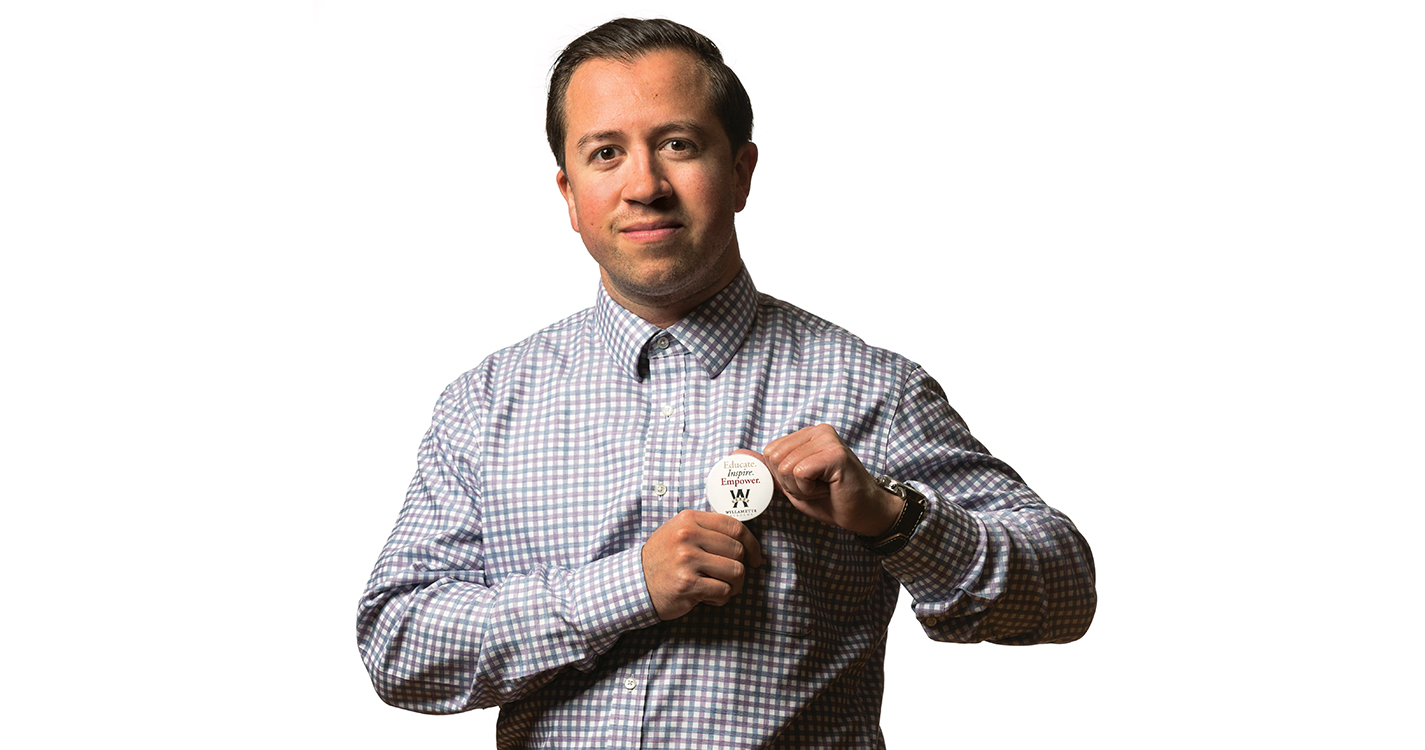What is Willamette Academy?
It’s Willamette University’s college access program for local schoolchildren from populations that are historically underrepresented in higher education — low income, people of color, recent immigrants or first-generation college students. Set up in 2002, the academy helps 8th-12th graders gain the skills and confidence to further themselves and their families through higher education. Currently we’re helping 177 students from the Salem-Keizer School District build bridges to places they never dreamed of before, places that seemed outside the realm of possibility.
When did you join the academy?
I became executive director in September 2016, although I worked as an academy tutor when I was a student at Willamette, and my younger brother was a part of the first graduating class. After graduation, I did Teach for America and earned a master’s degree in urban education policy and administration. I also taught and was a school administrator in Los Angeles for six years. When I was offered this job, it felt like a personal higher calling to come back and support this program that means so much to our community.
What does it do?
We offer weekly academic support, mentoring, and access to technology, as well as monthly Saturday sessions and summer camps that focus on academic and college access programming, leadership skills development and college entrance exam preparation.
How is the university community involved?
Willamette faculty teach some of our classes, and university students, many who share similar backgrounds as our students, work as wonderful mentors and program assistants. The academy helps students see there’s a community that cares about and supports them — that they’re not alone.
Why is the academy needed?
Apart from issues of equity and social justice, there are practical reasons to help these students go to and succeed in higher ed. As a society, we’re missing out on potential talent. And as our country continues to become more diverse, we need to particularly pay attention to the needs of students from underrepresented communities so that they can play a pivotal role in our future.
What are some of your challenges?
Despite substantial university support, the academy has to raise much of its own funds. And while we do great work as a college access program, that’s no longer enough. The number of low-income students who attend college has risen to 62 percent, compared to 89 percent of high-income students. But while 77 percent of their high-income peers graduate, only 9 percent of low-income students do. It’s not because they lack intelligence, but because of barriers for first-generation students — loneliness and lack of understanding or awareness of how the university processes work.
How does the academy fit in with Willamette’s mission?
Willamette Academy is one of the most outward-facing and visible things that the university does in the Salem-Keizer community on a daily basis. We’re in every single corner of the school district, supporting historically underrepresented students and their families. We truly live out the university motto, “Not unto ourselves alone are we born.”
This article was originally published in the fall 2017 issue of Willamette magazine.


